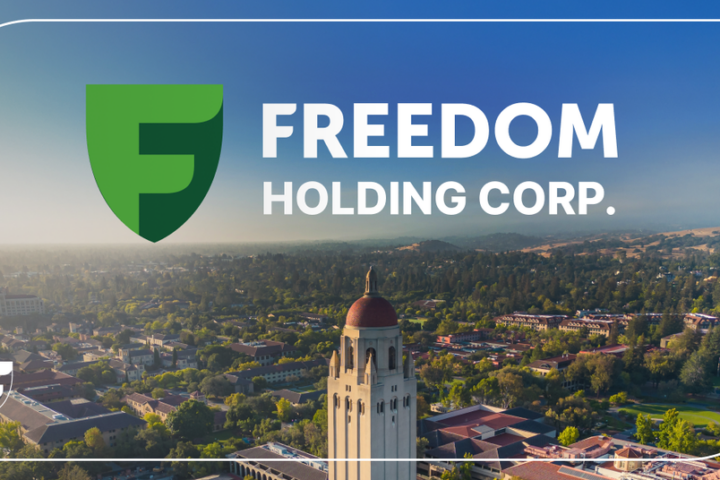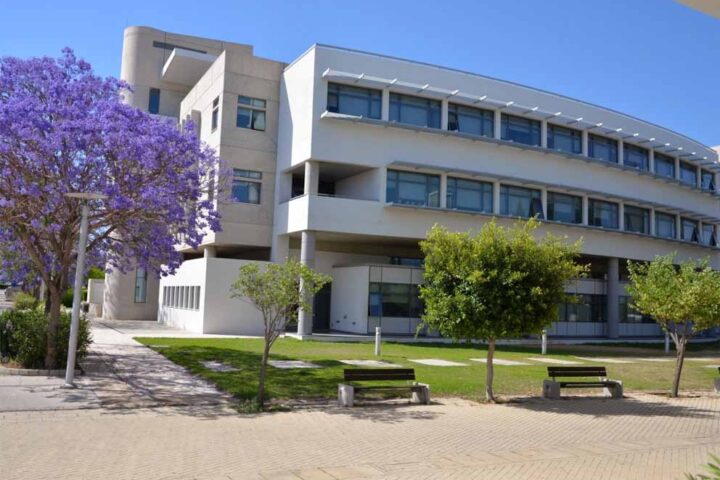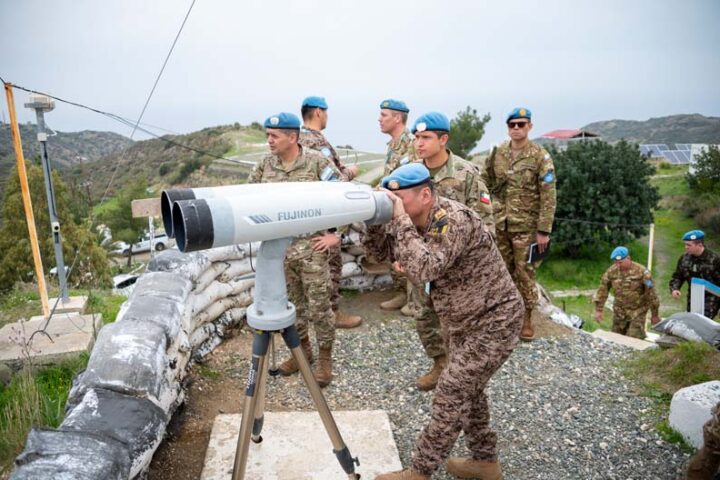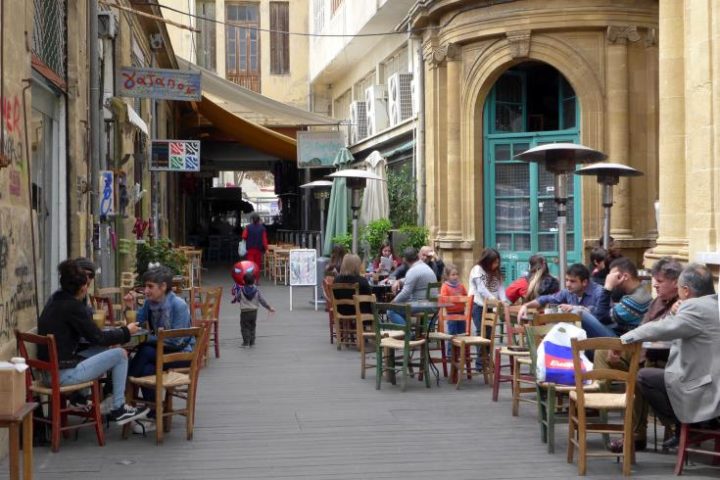Montenegro has opted for full independence from Serbia, following a referendum on Sunday in which 56.3% voted in favour, according to the latest results on Monday afternoon. Turnout was high, at 86.3%.
“A large turnout was the good thing for the legitimacy of the referendum. However, the outcome of only 0.4% over the 55% threshold required by the EU makes the referendum open to controversy,” said Biljana Radonjic, Deputy Director of Civilitas Research.
Those opposed to independence are already demanding a recount. The results allow the tiny republic, with a population of less then 650,000 (even smaller than Cyprus) to make an independent bid for EU membership.
The drive for Montenegrin independence began in 1997, and was led by Milo Djukanovic, current Prime Minister. At first, the international community sought to encourage a sense of Montenegrin independence in order to isolate the administration in Belgrade until the fall of Slobodan Milosevic as leader of what remained of Yugoslavia in 2000.
However, after 2000, the EU in particular has worked hard to try to keep the common state united.
Montenegrins as a whole have been ambivalent about independence in the past. Those favouring independence have tended to live in the coastal areas and the old Montenegrin capital of Cetinje, while those favouring union have tended to live in the mountainous areas close to Serbia.
However, there have always been large swings in sentiment among a large proportion of the population, reports Radonjic.
“Whenever Serbia looked like it was doing well, especially after the fall of Milosevic regime and renewal of ties with the EU, the numbers in favour of Montenegrin independence went down. On the other hand, whenever things were going badly, support for independence rose,” she said.
Lately, things have not gone Serbia’s way. On May 3 EU talks with Serbia and Montenegro were called off because of non-cooperation with the Hague war crimes tribunal.
While independence from Serbia will probably go a long way towards improving Montenegro’s image (not least because few know that former Yugoslav leader Milosevic and some prominent wanted war crimes suspects such as Radovan Karadzic are of Montenegrin origin), independence will also be a challenge, notes Radonjic.
“The main challenge will be not so much the country’s small size, but rather the size combined with a very clientelistic, almost clan-based society,” she said.
Reports of bribes, conflicts of interest, organised crime links and other types of corruption are common.
Although Montenegro is host to great natural beauties, Radonjic notes that the economy is over-reliant on tourism, while the summers are short and the infrastructure is poor. Montenegro also lacks any meaningful industrial base.
“However, smart policies by the government to make the most of its educated workforce and proximity to the EU could be used to attract foreign direct investment,” she said.
In other ways, however, little will change, given the large amount of independence Montenegro already has.
“Except defence and diplomacy, all other aspects such as the currency (it uses the euro) and the economy have already been developing independently in Serbia and Montenegro for a while,” said Radonjic.
In addition, although Montenegro will have to apply for the membership in international institutions, Montenegrin diplomacy will not have to be built from scratch.
When the Union of Serbia and Montenegro (SMN) was formed in 2003, Montenegrins served as ambassadors in half of the SMN’s embassies. Montenegro already has a seat in the World Trade Organisation.
Fiona Mullen







